
When we began selling photovoltaic systems at stores in 2008, we launched initiatives for installing the systems in stores as well. As part of promoting sales to visiting customers, generated electricity is used to power in-store lighting.
|
March 2008 |
Plans to install a photovoltaic system at Kakogawa Store. |
|
July 2008 |
Starts and completes the installation of the photovoltaic system at Kakogawa Store. |
|
October 2008 |
Kakogawa Store starts generating power. |
|
March 2010 |
Kishiwada Store starts generating power with the photovoltaic generation system installed for battery chargers for electric vehicles. |
|
August 2011 |
Plans to install a photovoltaic system on the walls of Higashiosaka Store. |
|
February 2011 |
Completes the installation of the photovoltaic system at Higashiosaka Store. Plans to install a photovoltaic system at Minamitsumori Store and Otori Store. |
|
March 2011 |
Higashiosaka Store starts generating power. |
|
June 2011 |
Completes the installation of the photovoltaic system at Minamitsumori Store and Otori Store. |
|
July 2011 |
Minamitsumori Store and Otori Store start generating power. |
|
September 2012 |
Plans to install a photovoltaic system at Nagaokakyo Store. |
|
November 2012 |
Completes the installation of the photovoltaic system at Nagaokakyo Store, and the store starts power generation. |
22.24t-CO_{2}/year
※Total CO_{2} emission reduction of 6 business sites
- As actual annual amounts of electricity generated are unavailable for Kishiwada Store and Nagaokakyo Store, the total amount of six stores is calculated based on planned annual amounts of electricity generated.
- As actual annual amounts of electricity generated are unavailable for Kishiwada Store and Nagaokakyo Store, the total CO_{2} emission reduction of six business sites is calculated based on planned annual amounts of electricity generated.
- What percentage of electricity consumed by in-store lighting is covered by photovoltaic power generation? (Average electricity generated per day ÷ electricity consumed by in-store lighting per day.)
* Calculated with METI’s CO_{2} emission coefficient of 0.000429t-Co_{2}/kWh
** The figures for stores with power generation only have not been updated and have remained unchanged since FY2014.
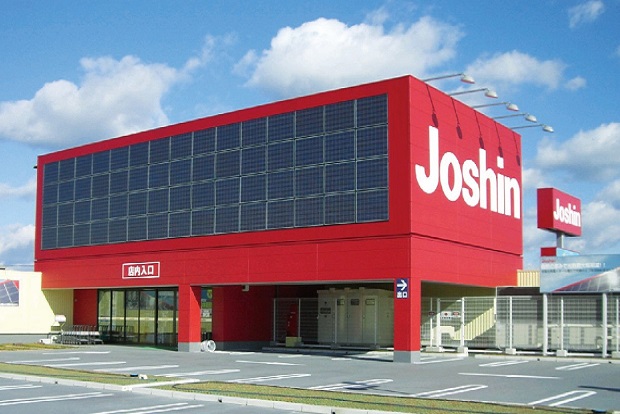
Kakogawa Store
Approximately 3.3% of the electricity consumed for in-store lighting is provided off the grid.
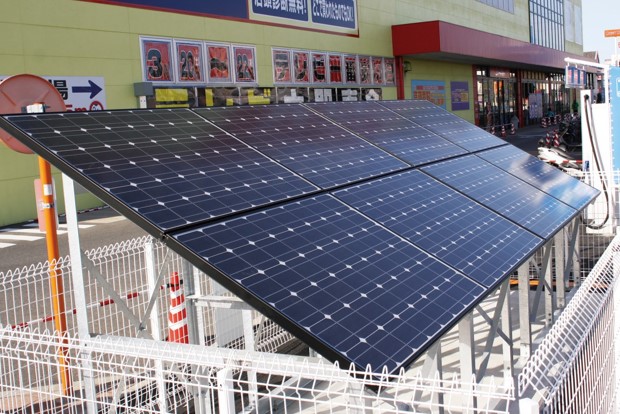
Kishiwada Store
The power generated off the grid is used for battery chargers for electric vehicles.
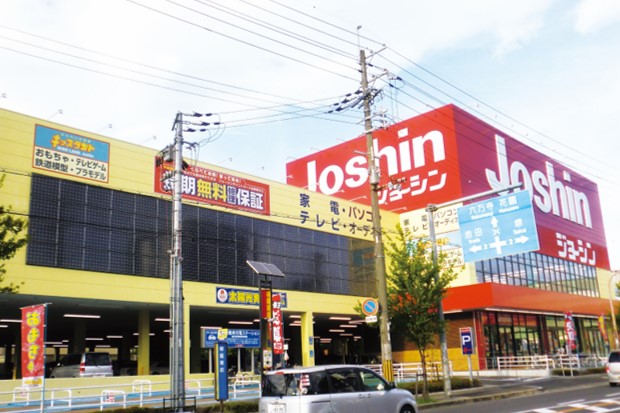
Higashiosaka Store
Approximately 3.8% of the electricity consumed for in-store lighting is provided off the grid.
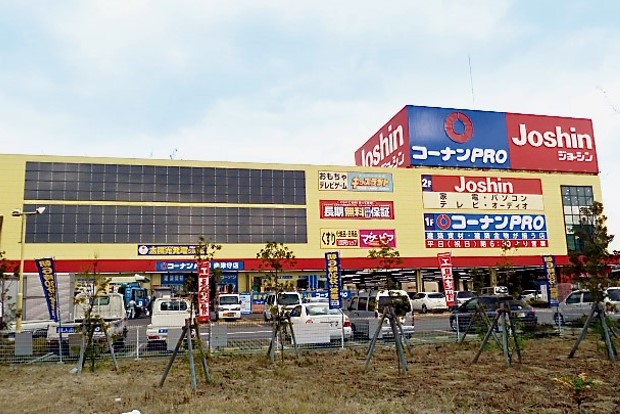
Minamitsumori Store
Approximately 11.2% of the electricity consumed for in-store lighting is provided off the grid.
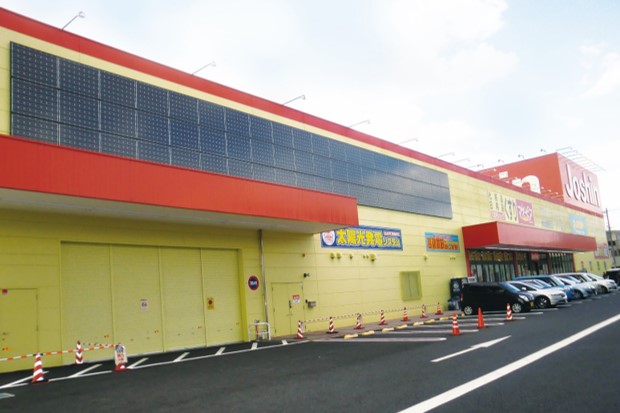
Otori Store
Approximately 2.8% of the electricity consumed for in-store lighting is provided off the grid.
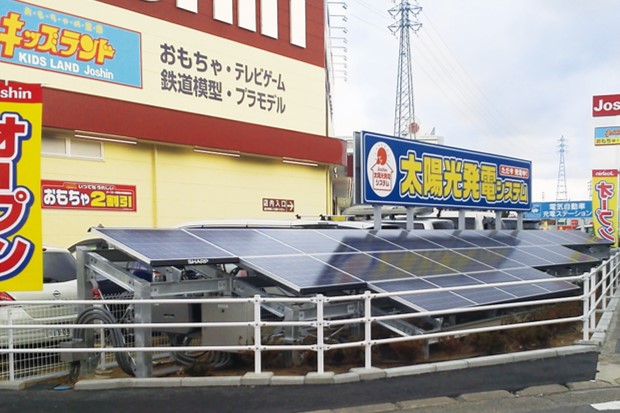
Nagaokakyo Store
Approximately 2.1% of the electricity consumed for in-store lighting is provided off the grid.

.jpg)
